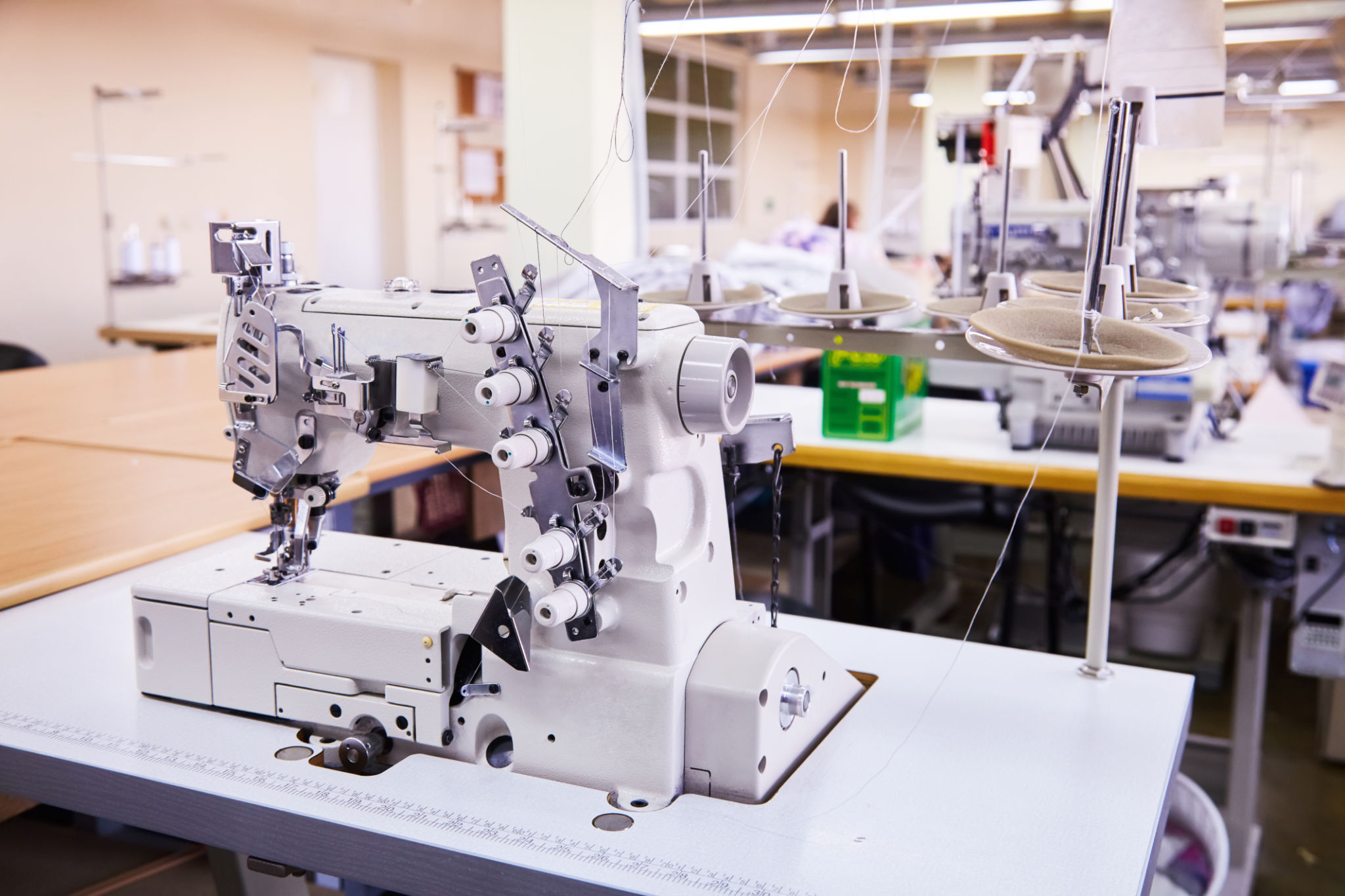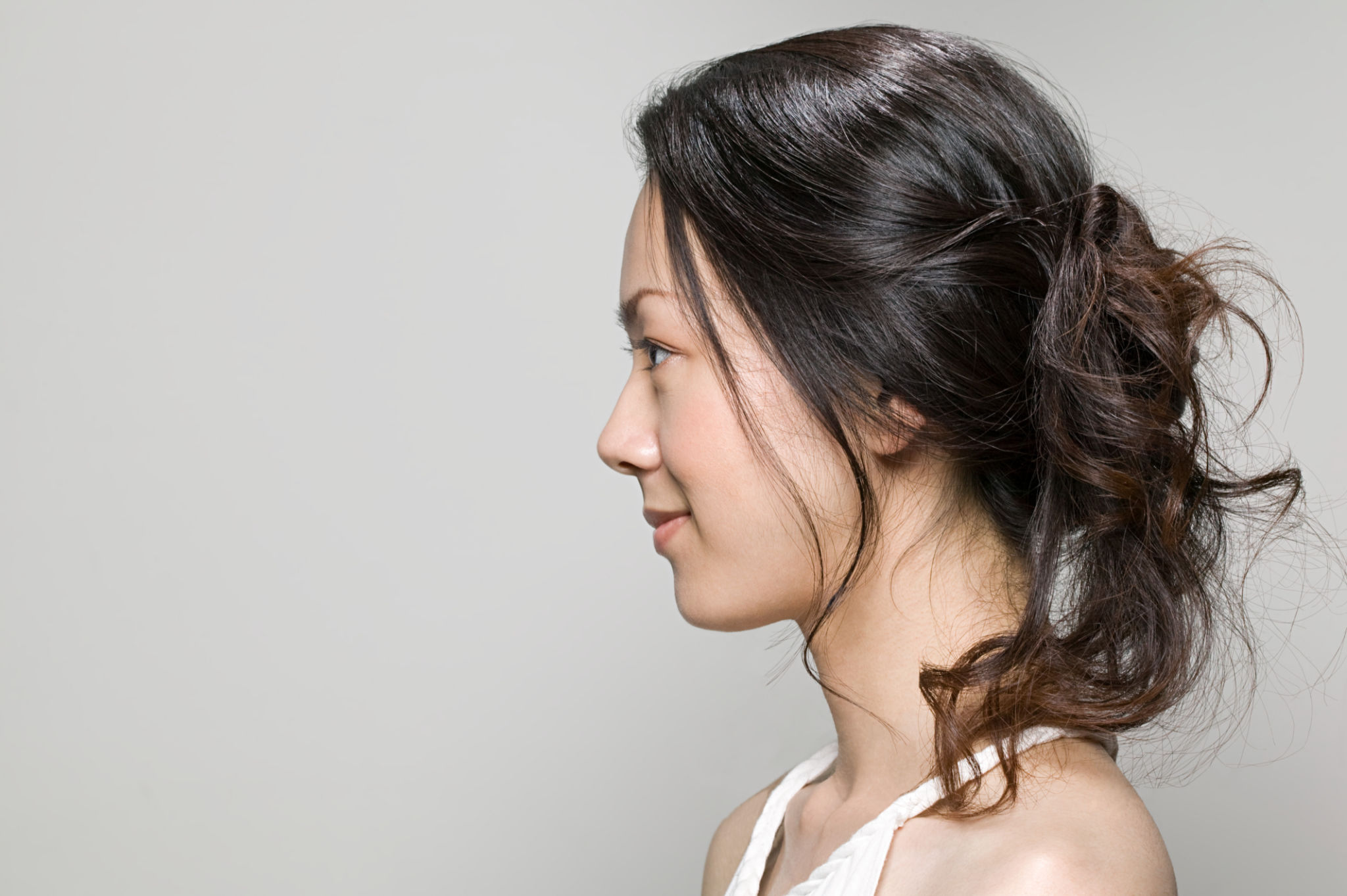Comprehensive Guide to Choosing the Right Garment Machinery for Your Business
Introduction to Garment Machinery
In the world of fashion and apparel, selecting the right garment machinery is essential for ensuring operational efficiency and product quality. Whether you are starting a new business or expanding an existing one, understanding the various types of garment machinery available and their specific uses can be a game-changer. This guide will help you navigate through the options and make informed decisions.

Understanding Your Business Needs
The first step in choosing the right garment machinery is to clearly identify your business needs. Consider the type of garments you plan to produce, your production volume, and your budget. These factors will heavily influence the kind of machinery you should invest in.
For instance, if you're focusing on high-volume production of basic items like t-shirts, you might prioritize machines that offer speed and efficiency. On the other hand, if your business is centered around bespoke or high-end fashion, precision and versatility might be more important.
Types of Garment Machinery
There are several types of garment machinery, each designed for specific tasks in the production process:
- Sewing Machines: These are the backbone of any garment production line, available in various types such as lockstitch, overlock, and coverstitch machines.
- Cutting Machines: Essential for precise fabric cutting, these machines come in manual, semi-automatic, and fully automatic variants.
- Pressing Machines: Used for giving garments a professional finish, these machines vary from basic steam irons to advanced pressing systems.
- Embroidery Machines: For adding decorative stitching to garments, these machines range from single-head to multi-head models.

Evaluating Technology and Features
With rapid advancements in technology, modern garment machinery often comes equipped with features that enhance productivity and quality. Look for machines with automated functions, such as thread trimming, error detection, and digital controls. These features can significantly reduce labor costs and improve efficiency.
Additionally, consider the compatibility of the machinery with your existing systems. Investing in machines that can easily integrate with your current workflow will save time and reduce the need for extensive training.
Cost Considerations
The cost of garment machinery can vary widely based on factors such as brand, features, and capacity. It's important to balance initial investment costs with long-term benefits. Opt for machinery that not only fits your budget but also offers value through durability and ease of maintenance.
Leasing equipment or purchasing refurbished machines can be viable options for businesses looking to minimize upfront expenses while still acquiring high-quality machinery.

Supplier Reputation and Support
Selecting a reputable supplier is crucial to ensuring reliable service and support. Research potential suppliers and read reviews from other businesses in the industry. A good supplier will offer comprehensive support, including installation, training, and after-sales service.
It's also beneficial to choose suppliers who provide warranties and responsive customer service to address any issues quickly and efficiently.
Conclusion
Choosing the right garment machinery is a vital decision that can impact your business's productivity and success. By thoroughly assessing your needs, understanding the available options, evaluating technology, considering costs, and selecting a reputable supplier, you can make informed choices that align with your business goals. With the right machinery in place, your business will be well-equipped to thrive in the competitive apparel industry.
